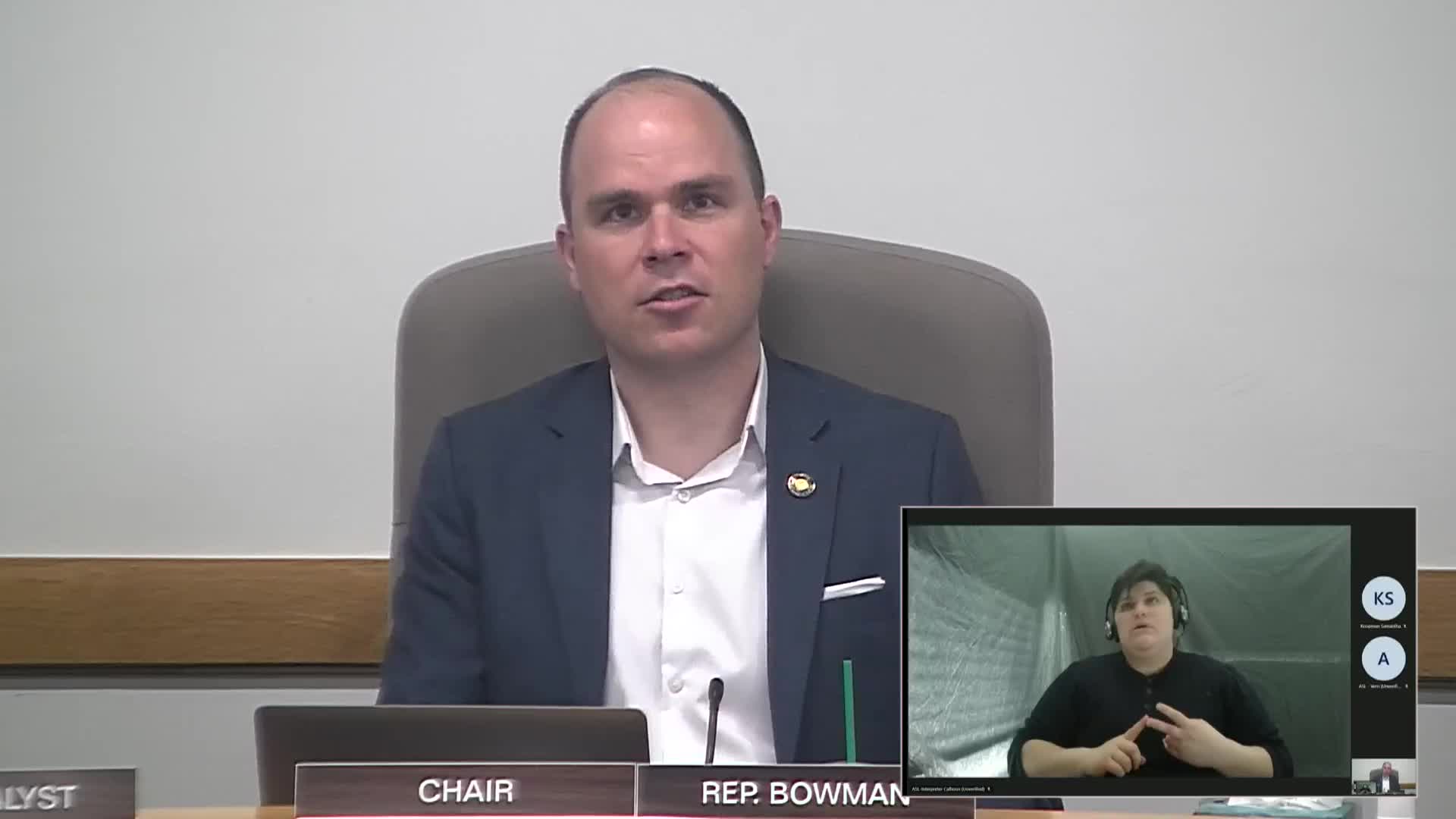PacificSource and Regence improve prior authorization process with clinician oversight
April 23, 2025 | Rules, House of Representatives, Committees, Legislative, Oregon
This article was created by AI summarizing key points discussed. AI makes mistakes, so for full details and context, please refer to the video of the full meeting. Please report any errors so we can fix them. Report an error »

The House Committee on Rules convened on April 23, 2025, at 8:45 AM to discuss various aspects of the healthcare system, particularly focusing on the prior authorization process for medical procedures. The meeting highlighted the interplay between healthcare providers and insurance companies in determining the necessity and appropriateness of medical interventions.
The discussion began with an explanation of how prior authorization works. A healthcare provider, after making a medical determination, seeks approval from the insurance company before proceeding with a procedure. The committee learned that insurance companies employ their own team of medical professionals to review these requests. These clinicians assess whether the requested procedures are clinically indicated and necessary, especially in cases where patients may be receiving care from multiple providers.
Chair Bowman noted that while many requests can be approved with minimal review, some require deeper scrutiny. This is particularly true for procedures that may not be medically justified or where patients are already receiving similar care elsewhere. The committee was informed that insurance companies also contract with external providers to assist in these evaluations, ensuring that the decisions made are informed and appropriate.
The conversation also touched on the appeals and grievances processes available to patients. If a prior authorization request is denied, patients can go through internal reviews and, if necessary, seek an external review from an independent organization. This multi-layered approach aims to protect patients and ensure that their needs are met.
Additionally, the committee discussed cost considerations in the authorization process. For example, it was noted that a routine colonoscopy performed in an ambulatory surgical center can be significantly less expensive than one conducted in a hospital setting. Insurance companies may proactively inform patients of these options to encourage cost-effective care while maintaining quality.
The meeting concluded with a discussion about the compatibility of software systems used in healthcare. The committee learned that the fire-based system being implemented is designed to work across various electronic health record systems, facilitating better communication and coordination among providers and insurers.
Overall, the meeting underscored the complexities of the prior authorization process, the importance of clinical justification for medical procedures, and the ongoing efforts to streamline healthcare delivery while ensuring patient safety and cost-effectiveness. The committee plans to continue exploring these issues in future sessions.
The discussion began with an explanation of how prior authorization works. A healthcare provider, after making a medical determination, seeks approval from the insurance company before proceeding with a procedure. The committee learned that insurance companies employ their own team of medical professionals to review these requests. These clinicians assess whether the requested procedures are clinically indicated and necessary, especially in cases where patients may be receiving care from multiple providers.
Chair Bowman noted that while many requests can be approved with minimal review, some require deeper scrutiny. This is particularly true for procedures that may not be medically justified or where patients are already receiving similar care elsewhere. The committee was informed that insurance companies also contract with external providers to assist in these evaluations, ensuring that the decisions made are informed and appropriate.
The conversation also touched on the appeals and grievances processes available to patients. If a prior authorization request is denied, patients can go through internal reviews and, if necessary, seek an external review from an independent organization. This multi-layered approach aims to protect patients and ensure that their needs are met.
Additionally, the committee discussed cost considerations in the authorization process. For example, it was noted that a routine colonoscopy performed in an ambulatory surgical center can be significantly less expensive than one conducted in a hospital setting. Insurance companies may proactively inform patients of these options to encourage cost-effective care while maintaining quality.
The meeting concluded with a discussion about the compatibility of software systems used in healthcare. The committee learned that the fire-based system being implemented is designed to work across various electronic health record systems, facilitating better communication and coordination among providers and insurers.
Overall, the meeting underscored the complexities of the prior authorization process, the importance of clinical justification for medical procedures, and the ongoing efforts to streamline healthcare delivery while ensuring patient safety and cost-effectiveness. The committee plans to continue exploring these issues in future sessions.
View full meeting
This article is based on a recent meeting—watch the full video and explore the complete transcript for deeper insights into the discussion.
View full meeting
